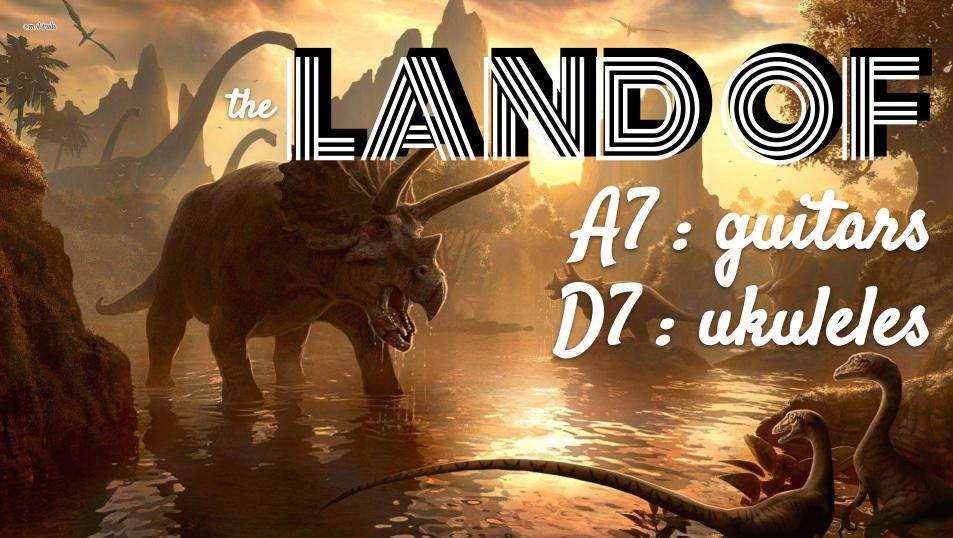Conquering Barre Chords - First 3 Steps
- Jon Wheeler
- Sep 7, 2024
- 2 min read
I taught a lesson this week, and the conversation, as it quite often does when discussing guitar milestones, came around to barre chords. For the purpose of this blog, I’m going to assume you know what a barre chord is, and where your fingers need to go, you just haven’t had very much success with it.
I often describe learning guitar like a mouse trying to climb a staircase. You’ve got this initial, vertical wall, basic strumming, basic chords, all the stuff you need to just get a sound out of your instrument. Once you’ve got that though, there’s a flat section, where you can use your three or four chords to play loads of tunes, join in with others, and it’s all good.
After a while though, those three or four chords get a bit dull. You realise how many songs you still can’t play, and you go looking for more techniques and knowledge. The vertical wall reappears. Barre chords are one of those earlier, vertical walls that quite often people baulk at attempting. I’m not going to lie to you, some perseverance is obviously required, but a lot of the time, as always, it’s probably because someone hasn’t tipped you off to what you’re doing wrong.
In writing this piece, it has become very apparent that taking a picture of oneself whilst playing the guitar is tricky. Vicki’s busy in the kitchen, so you’ll just have to bear with me a bit.
Elbow
Believe it or not, start with your elbow. I know everyone’s different, so this might not exactly apply to you but the elbow of your fretting hand should be near or touching your body. Imagine lifting dumbbells, rather than pushing a mower or riding a bike.

2. Thumb
The thumb of your fretting hand wants to be on the back, or just under the back of the neck of the guitar and pointing towards the headstock like you’re hitching a lift. This is very different from the upright position (like the Fonz) that your thumb is probably in when you play open chords. It’s the position I believe you would be taught for classical guitar, but it’s not the position that many popular music players use. Personally I think that's okay as long as you can transition between the two as you need to. That also I appreciate, takes practice.

3. Finger
Consider your index finger for a moment, the one you’re going to use to create the barre. Many people try to lay their finger onto the fretboard flat, so that the soft, padded section is in contact. You might find that this is pushing your elbow out into the bicycle position I mentioned earlier. Instead of the flat part, angle your finger so that you press with the slightly harder, bonier side, so that your nail bed faces more towards the headstock. It’s easier to get the pressure you need between this surface and your thumb, and your arm will be far less strained, because it’s in a more comfortable, compact position.
Form the rest of the chord shape you need from your remaining fingers and away you go!
Give it a try!




Comments